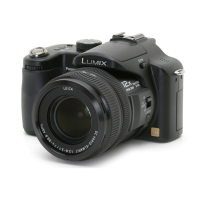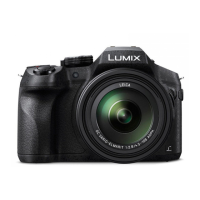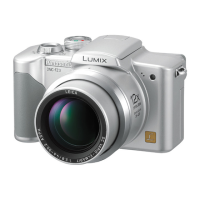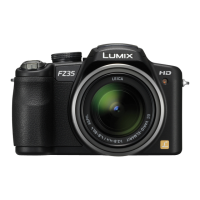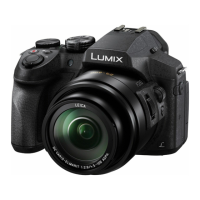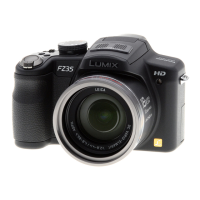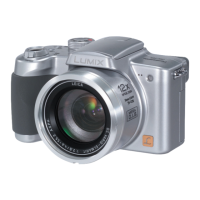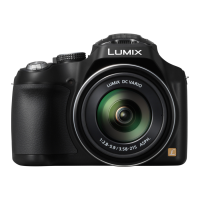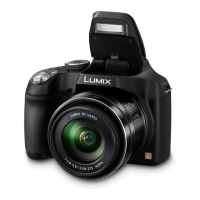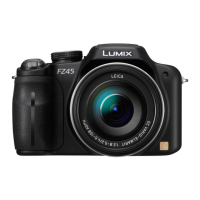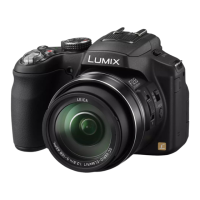Exposure – the total amount of light reaching the camera sensor. It is
controlled by the setting of the aperture, shutter speed and ISO. See my
Exposure Triangle for more details.
F-stop – is a measure of the aperture opening in the lens defined by
dividing the focal length of the lens by the aperture diameter. Sequence
of f-stops that are multiples of the square root of 2 (1.4): giving a range
of 1, 1.4, 2, 2.8, 4, 5.6, 8, 11, 16, 22, etc. Remember that each step is
double the amount of light.
ISO – stands for International Standards Organization and represents
the sensitivity of your camera’s digital sensor to light and subsequent
signal amplification. The lower the number (ISO 100), the less
sensitive, the higher the number (ISO 3200) the more sensitive. A
higher ISO allows you to shoot in low light conditions
Shutter speed – the amount of time the shutter is opened during an
exposure. The shutter speed controls subject motion blur. Use a fast
speed (like 1/2000th of a second) to freeze motion, or a slow one (1/4 of
a second or longer) to blur moving objects.
Zoom lens – any lens that has variable focal lengths such as a 24-70mm
or 18-55mm. You zoom in or out by rotating the barrel of the lens.
Remote trigger or digital cable release – a device that allows the camera
to be fired without pressing the button or touching the camera. Helps
eliminate movement of the camera during long exposures.
Macro lens – one that focuses very close to the subject allowing for 1:1
reproduction size of the object or larger.
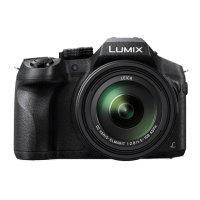
